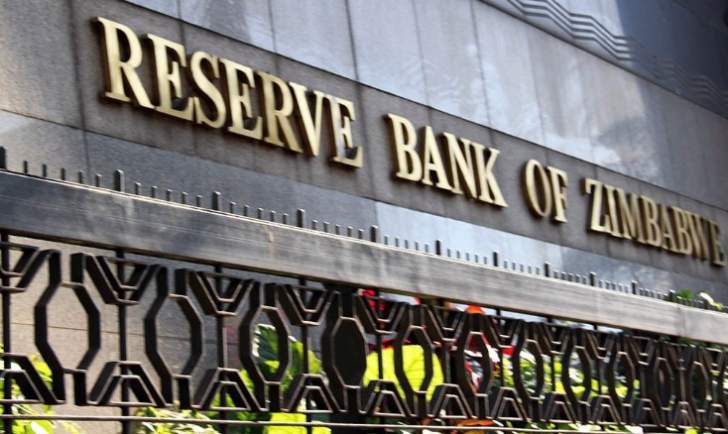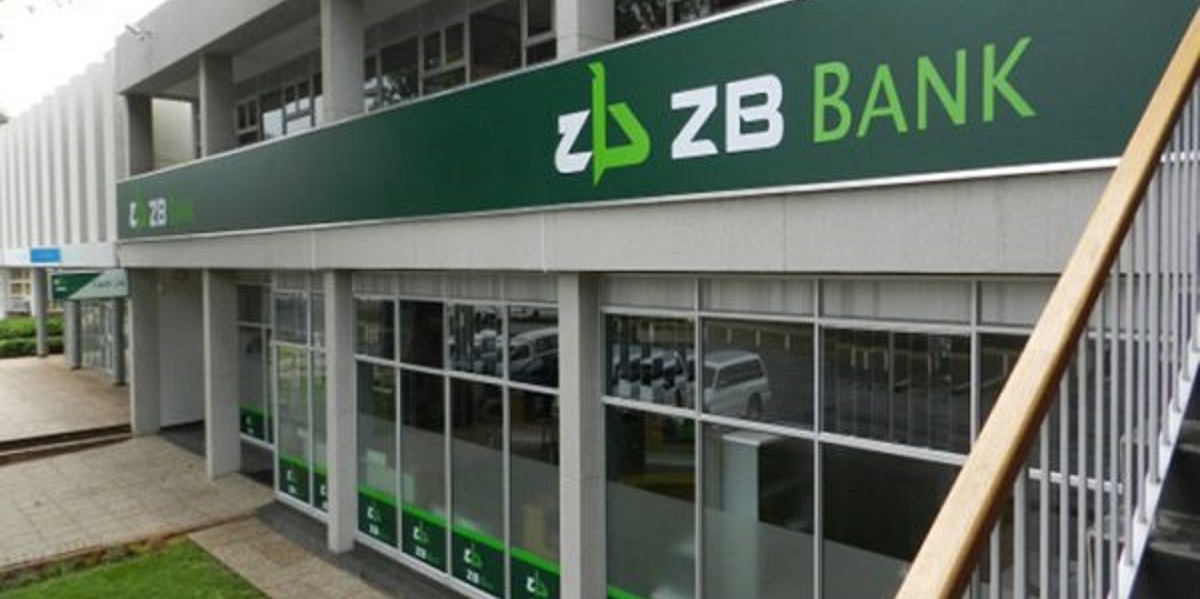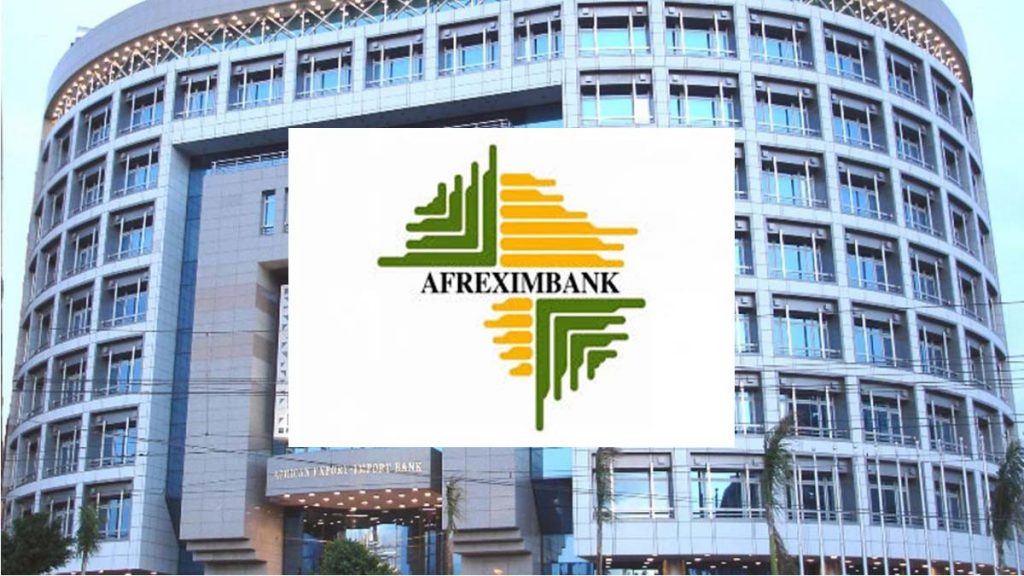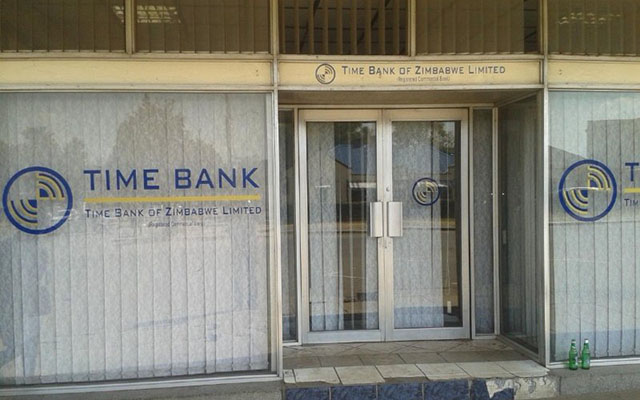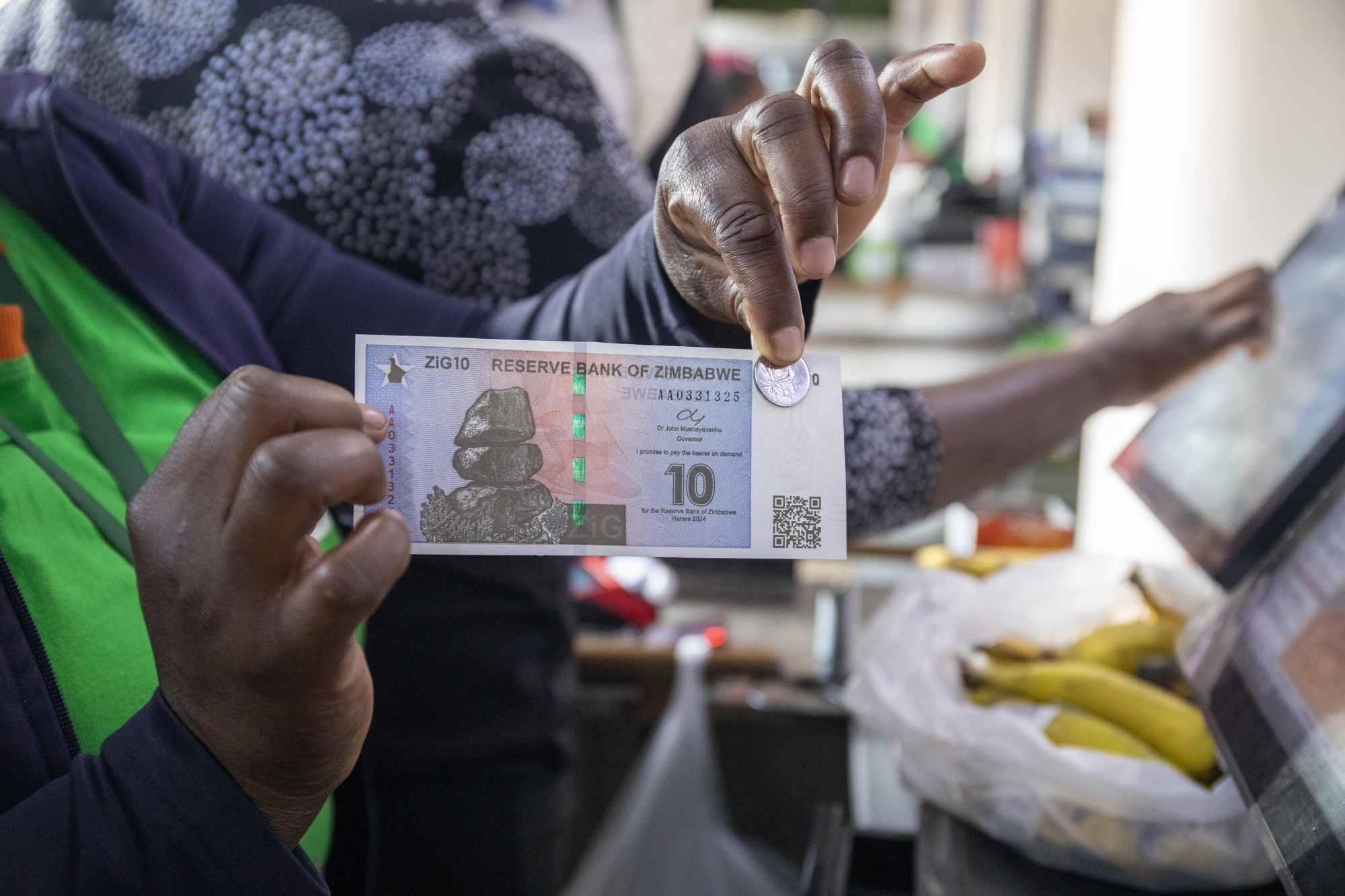‘Zimbabwe enters period of economic stability’
ECONOMISTS and captains of industry have applauded the prevailing economic stability brought about by tight monetary and fiscal policies, as stabilising the domestic currency has instilled much-needed confidence within the business community.
The central bank’s tight monetary policy limits money supply growth and speculative borrowing through higher interest rates. In contrast, tight fiscal policy entails reducing Government spending, thus limiting the liquidity available to chase goods and services.
Zimbabwe’s economy has previously suffered from excessive money creation through various channels, including the Government’s access to the central bank window to fund key public programmes.
Last week, the Cabinet revealed that the ongoing policy reforms were positively impacting the economy, resulting in sustained growth of the productive sector and improved consumer welfare amid exchange rate stability and pricing predictability.
Mr Louis Herbst
Responding to the questions from Zimpapers Business Hub, economist, Mr George Nhepera, said each country was exposed to the risk or challenge of inflation and exchange rate instability.
However, he said the common strategy to manage these risks was the monetary policy and its associated instruments.
“Somehow, this time around the central bank has been able to use monetary instruments to control inflation and exchange rate instability, which has been effective, efficient, and transparent, hence leading to great and extraordinary success in their objectives,” said Mr Nhepera.
“We have therefore entered the period of stability, which is key for good business planning and attractiveness to business from foreign nations.”
According to the Reserve Bank of Zimbabwe (RBZ), the official exchange rate is hovering around US$1/ZiG26, with the parallel market rate at ZiG33 to Zi35 per US dollar.
Official statistics show that the March weighted month-on-month inflation rate was zero percent, shedding 0,3 percentage points from the February rate of 0,3 percent.
Reserve Bank of Zimbabwe
The Zimbabwe National Statistics Agency (ZimStat) also reported that the US dollar inflation rate for March was 0,1 percent, down from last month’s rate of 0,2 percent, while the ZIG rate stood at 0,1 percent, down from 0,5 percent in March.
Bulawayo businessman, Mr Louis Herbst, said Zimbabwe had witnessed a meaningful stabilisation of its local currency, marking a pivotal turning point, offering renewed optimism for economic recovery and growth.
“The stabilisation of the currency has instilled a much-needed sense of confidence within the business community and must continue to do so,” said Mr Herbst.
“Historically, volatile exchange rates and runaway inflation have undermined long-term planning and discouraged investment.
“With a more predictable currency, businesses can engage in strategic planning with greater certainty, optimise pricing strategies, and expand operations without the persistent threat of sudden devaluations eroding profit margins.”
This enhanced confidence is fundamental to restoring momentum in the private sector.
Mr Herbst said a stable local currency was also integral to Zimbabwe’s economic sovereignty.
He said relying heavily on foreign currencies in the past limited the potency of monetary policy and constrained efforts to stimulate domestic production.
“Restoring stability of the local currency not only fosters a resilient financial sector but also encourages savings and investment within the local economy, laying the groundwork for sustainable growth,” he said.
“In the broader context, the measures undertaken by the Government to stabilise the currency, while at times appearing arduous and seemingly unending, have now begun to bear fruit.
“The visible stability of the currency is a testament that these efforts have had the necessary effect and align with the intended outcomes of fostering economic stability.”
He said: “It is a clear indication that the strategies implemented are working, and that confidence in the system is gradually being restored. As stakeholders, we must now trust the system, remain committed, and play our part in ensuring its continued success.”
Currency stability significantly enhances the competitiveness of Zimbabwean goods and services on both regional and international markets.
When exchange rates are predictable, exporters can price their products more competitively abroad, safeguarding their margins against adverse currency fluctuations.
Mr Herbst said stable local prices reduced inflationary pressures domestically, ensuring affordability and maintaining consumer confidence.
“This stability, in turn, attracts both local and foreign direct investment, facilitating increased capital inflows that support industrial diversification, improved standards of quality, and expanded production capacity, key drivers of economic resilience,” said Mr Herbst.
“While challenges persist, the trajectory towards currency stability remains an essential pillar for Zimbabwe’s broader economic revival.
“It creates an enabling environment for entrepreneurship, job creation, and improved standards of living.
“Achieving and maintaining this stability will require prudent monetary policies, disciplined fiscal management, and collective efforts to restore trust in the national currency.”-herald


